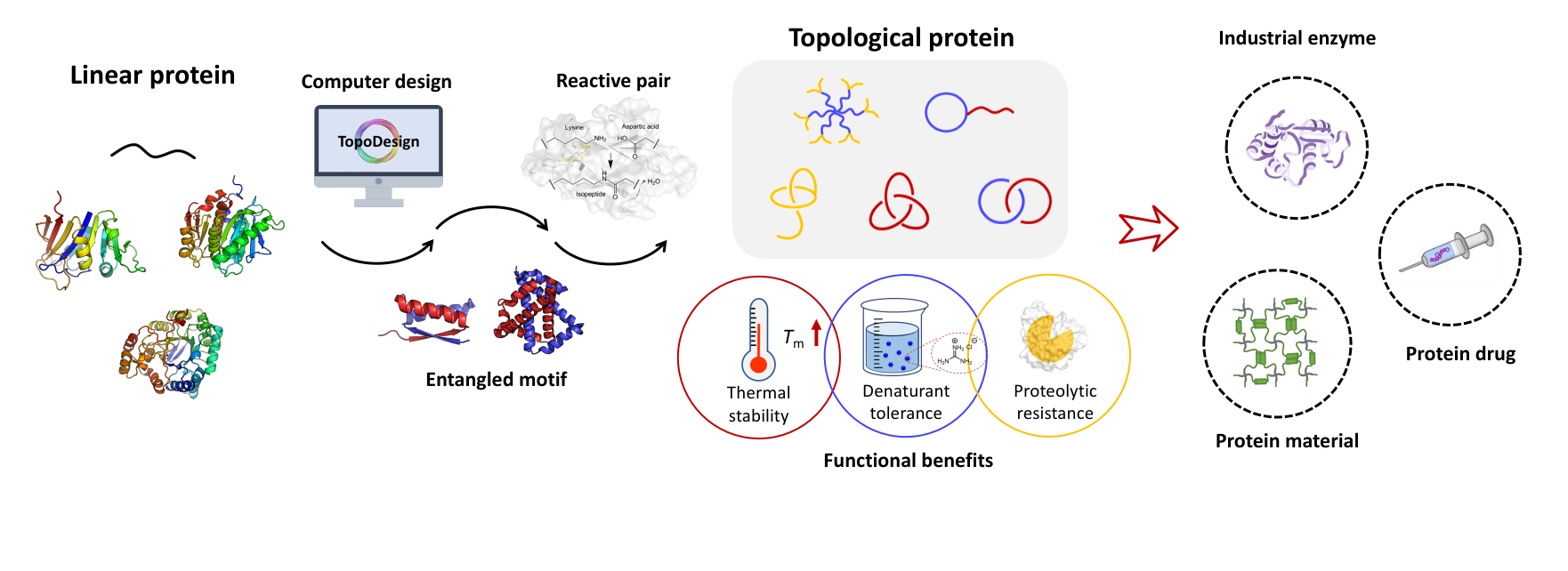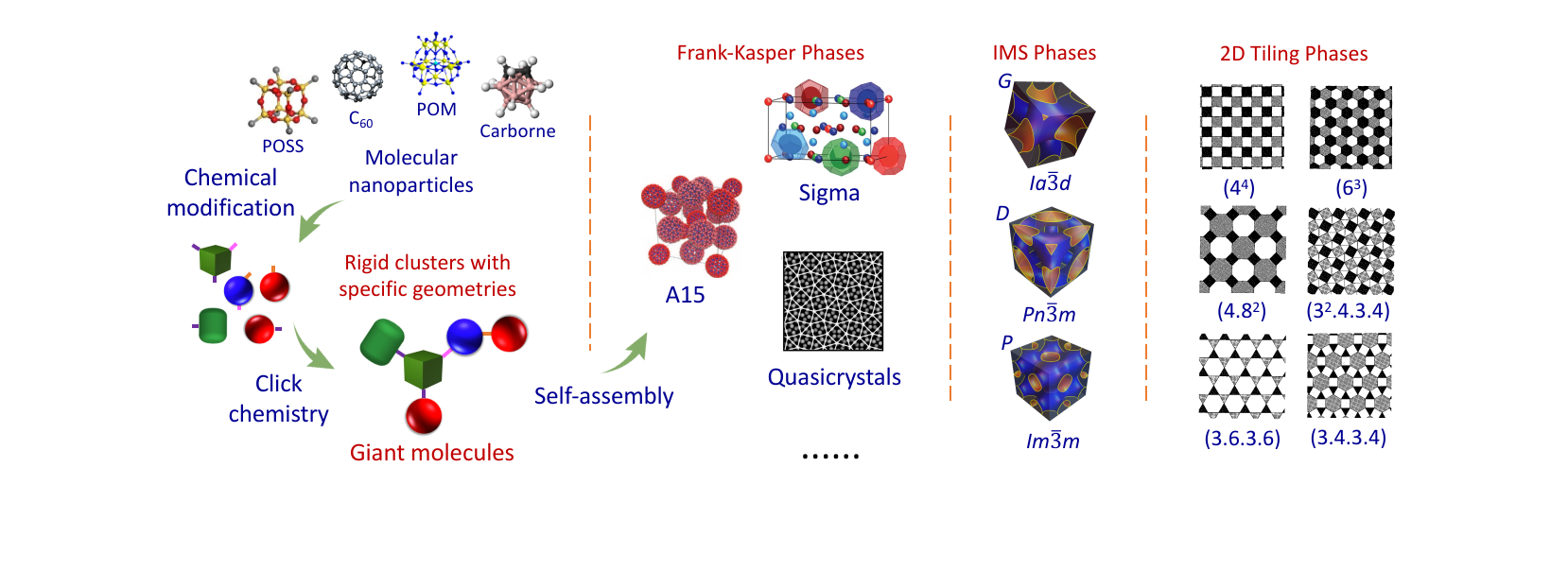Quotes
在科学上没有平坦的大道,只有那些不畏艰险沿着陡峭山路攀登的人,才有希望达到光辉的顶点。
----马克思
-----------------------------------------------
Research Projects
Collaborations
请有兴趣的研究组联系我们。欢迎任何形式的合作,尤其是在自组装、水凝胶以及生物医药等方向的合作。
------------------------------------------
Publications
Van Horn, R. M.; Zheng, J. X.; Sun, H.-J.; Hsiao, M.-S.; Zhang, W.-B.; Dong, X.; Xu, J.; Thomas, E. L.; Lotz, B.; Cheng, S. Z. D.* Solution Crystallization Behavior of Crystalline-Crystalline Diblock Copolymers of Poly(ethylene oxide)-block-poly(ε-caprolactone). Macromolecules 2010, 43, 6113-6119. [Link] [PDF]

Abstract
The crystallization behavior of crystalline−crystalline (CC) diblock copolymers has been shown to be dependent on the crystallization temperature and relative molecular size of each component. The behavior of copolymers with similar crystallization temperatures is controlled by the block with the larger weight fraction and solvent−polymer interactions. Using samples of poly(ethylene oxide)-block-poly(ε-caprolactone) (PEO-b-PCL), dilute solution crystallization methods were investigated to determine their role in crystallization of CC copolymers. A single crystal of one block, either PEO or PCL (the first block), crystallized first with the second block segregated to the crystal basal surfaces. For the first time, solvent quality and homopolymer seeds were introduced to manipulate crystallization of the block with the smaller weight fraction to crystallize first and form the lamellar single crystal. In addition, subsequent crystallization of the tethered chains (the second block) on the surface was also observed, depending upon the molecular weight of the second block and crystallization conditions. These crystallites formed by the second block exhibited preferred orientations on the crystal surface as observed by electron diffraction. It is believed that this orientation was induced by “soft” epitaxy between the fold surfaces of the adjacent single crystals of the first block formed by the initial crystallization.






